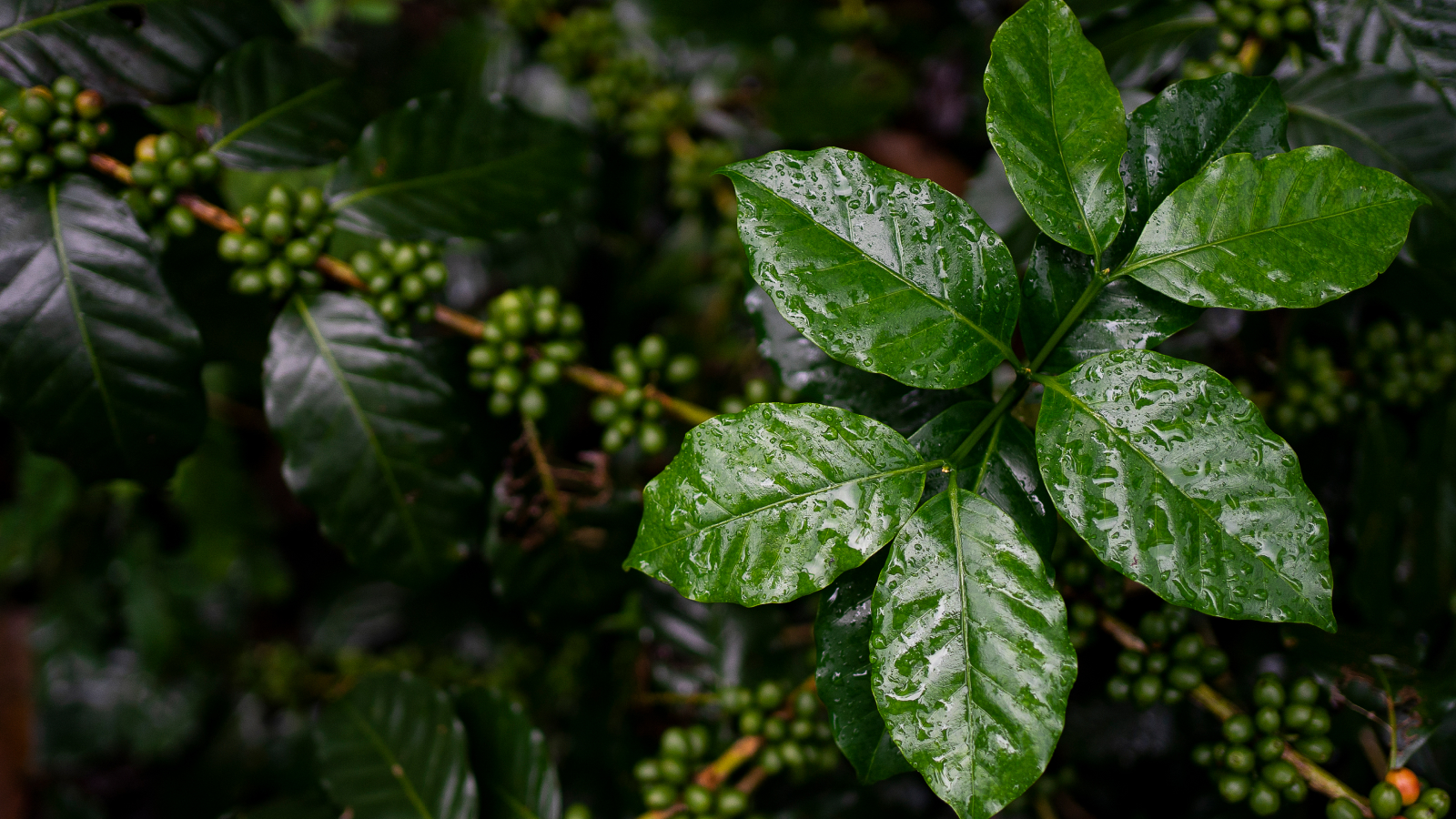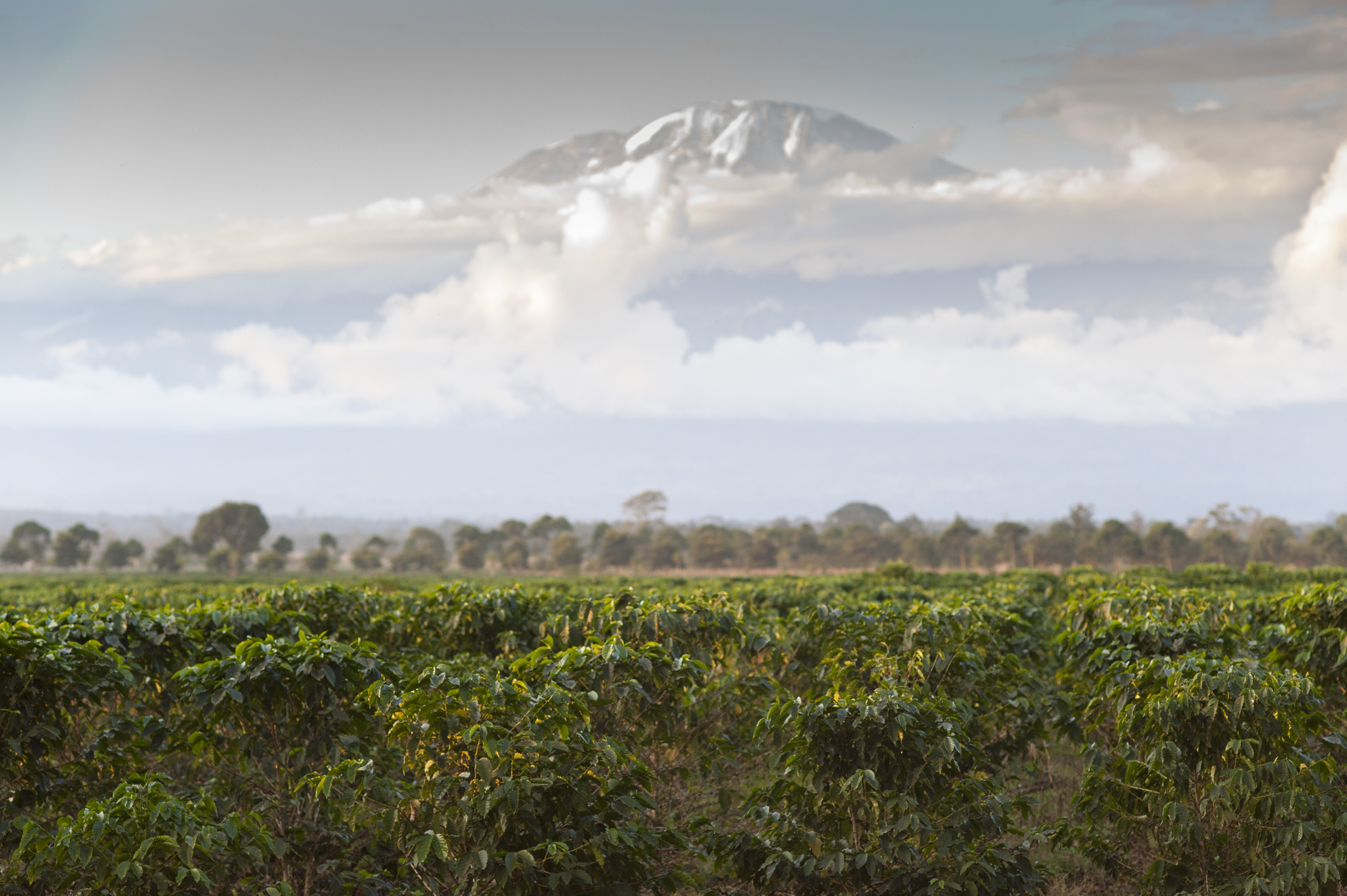2 plants randomly mated up to 1 million years ago to give rise to one of the world's most popular drinks
Arabica coffee plant appears to have evolved between 600,000 and 1 million years ago after two other coffee species crossbred in the forests of what is now Ethiopia.

The plants that provide most of the world's coffee supply emerged around 600,000 to 1 million years ago when two other species of coffee cross-pollinated in the forests of Ethiopia, scientists have discovered.
About 60% of the world's coffee supply is sourced from Coffea arabica plants, which now grow in tropical regions across the world New research, published April 15 in the journal Nature Genetics, has revealed when and where the original C. arabica plants likely developed.
Using population genomic modeling methods, the researchers determined that C. arabica evolved as a result of natural hybridization between two other species of coffee: C. eugenioides and C. canephora. The hybridization resulted in a polyploid genome, meaning each offspring contains two sets of chromosomes from each parent. This may have given C. arabica a survival advantage that enabled it to thrive and adapt.
"It's often argued that a hybrid polyploidy event can give an immediate evolutionary advantage given that two sets of chromosomes — and therefore two complete sets of genes — are inherited immediately after," study co-author Victor Albert, a biologist at the State University of New York at Buffalo, told Live Science. "Of course, it's always the case that duplicate genes are lost on the two genome halves of the polyploid, but there is always a net gain in gene numbers and therefore, possibly, a greater capacity to adapt to new environments."
Related: 'Living fossil' tree frozen in time for 66 million years being planted in secret locations
The researchers acknowledge that there is a margin of error. Earlier estimates of the time of hybridization date it as recently as 10,000 years ago.
"We had to input an estimated mutation rate, and a generation time (seed to seed time). Together, these assumptions allow us to convert to calendar years. But these estimates are of course fraught with error ranges given the usual uncertainty on mutation rates and generation times," Albert said. Still, he thinks their estimate is reasonably accurate. The researchers used genetic information from 41 samples of C. arabica from various locations, including an 18th-century specimen.
Get the world’s most fascinating discoveries delivered straight to your inbox.
Regardless of when it developed, this hybrid genome enabled the plant to flourish as it was cultivated across the world. It was originally believed to have been grown by humans in Ethiopia and then traded to the Middle East, where it was a well-known beverage by the 15th century. According to one legend, an Indian Sufi Muslim pilgrim smuggled seven seeds out of Yemen and established coffee farms in Karnataka, India around 1670.
Dutch traders began cultivating the plant in other regions — they first planted C. arabica on the island of Java in 1699 and one was sent to a botanical garden in Amsterdam in 1706. The Dutch and the French, with whom a plant was shared, also transported seedlings to their colonies in the 18th century. The offspring of the original plants are known as Typica while a mutation that occurred on the island of Reunion (then called Bourbon) resulted in another form called Bourbon. Most current C. arabica plants are derived from these two lineages, though a handful of wild ecotypes sourced from Ethiopia are also grown.
While the polyploid nature of its genome may have provided C. arabica with some advantages, it also left it vulnerable to disease, especially coffee leaf rust (Hemileia vastatrix). Genetic bottlenecks — drastic population reductions — due to climate variations reduced genetic diversity prior to human cultivation. The oldest bottleneck may have occurred 350,000 years ago and another at 5,000 years ago. The fact that all the current plants relate back to a single parent is another bottleneck.
"It's not as able to confront rust in an 'arms race' where genetic variation in Arabica meets evolving rust populations and fights back and forth to adapt to the disease. Instead, the rust has a greater capacity to adapt to any new resistance that evolves," Albert said.
In 1927, C. arabica naturally crossed back to one of its parent species, C. canephora, on the island of Timor. This event created a more rust-resistant variety of coffee, but the quality of the beans has been deemed inferior to those produced by C. arabica or Robusta — another name for C. canephora.

Richard Pallardy is a freelance science writer based in Chicago. He has written for such publications as National Geographic, Science Magazine, New Scientist, and Discover Magazine.



